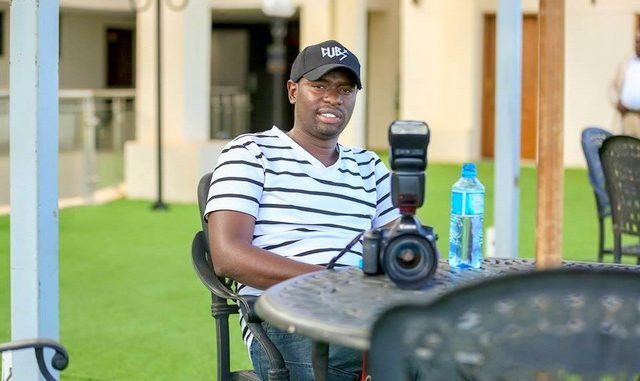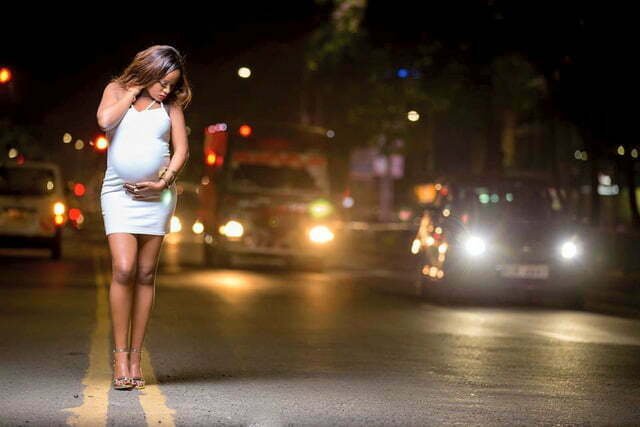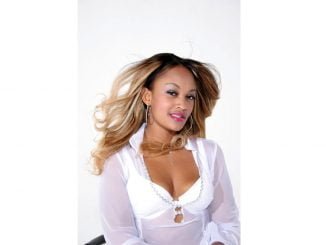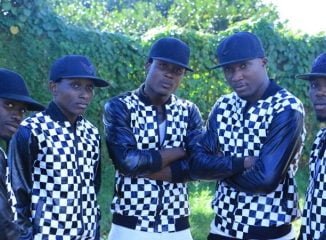
First off, I would like to thank Jonathan Makori for agreeing to do this interview, it’s been a great read. For those of your who don’t know who Jonathan is, he is a prolific Kenyan-based photographer who is not only one of those rare breed of people who own a killer mix of brains, and heaps of talent — his work is truly inspiring.
Jonathan Makori is among Kenya’s top photographers in the world. His career spans several years back, and in this time, he has photographed some of the biggest names in music, politics, business and entertainment.
Michael Wandati interviewing Jonathan Makori was fascinating. Who has inspired Jonathan? What would he say to his younger self if he could go back to when he was just starting out, and which photographers would he choose to work with, if given the chance?
KD: How did you develop an interest in photography?
Jonathan Makori: I have always had a passion for taking photos mainly fashion and wedding. I was really inspired with the rich beauty of the African Culture. So I started off as an amateur photographer; taking pictures of friends and at times approach models and do shoots with them to create a portfolio for myself. With time I developed a portfolio that would convince my clients.
KD: Why do you take photos?
JM: Well, I take photos to keep memories of beautiful times because photos are little legacies of the life we have led; may it be of family, friends or even experiences.
KD: What was your career path? How did you get from being an aspiring photographer to actually doing it, for a living?
JM: I am a graduate of Strathmore University in Nairobi, Kenya with a Bachelor of Commerce and a Certified Public Accountant (CPA). It was only out of passion and interest that I discovered the world of photography by buying my first digital camera which, at first, was planned for shootings and various recordings practice. Amazed by the quality of the pictures that resulted from my new toy, and the simple idea of having the ability of catch intense scenes or even to create them, made me shiver. From then on, it was obvious that I was to be a photographer, and here I am earning a living from photography.
KD: What were the difficulties you encountered first starting as a photographer?
JM: Photography equipment is very expensive. I used to hire both cameras and lenses from friends. Though I couldn’t afford to hire all these when I wanted to do personal projects for my skill improvement. Charging clients was also a challenge. I was scared to quote a high price that would make a client end the conversation right there.
KD: What equipment do you prefer to use?
JM: I prefer using a full-frame camera of which I own a Cannon 6D which is accompanied with a 70-200mm f 2.8 ISM II lens, 24-105mm f4.0 and 85 mm f 1.8 which are used inter-changeably during shoots. For lighting I use Yongnuo 600EX which is a High Speed Sync flash with its YN-E3-RT transmitter then mounted onto a godox 120 cm soft box.
KD: What kind of tools do you use for post processing? Explain your work flow.
JM: The raw photos are first exported into light room for colour correction and do a few tricks here and there. These images are later on exported to photoshop where retouch and more complicated edits are done.
KD: Do you have any formal training in photography?
JM: I never went to a photography class. I have learnt photography through online tutorials especially from photographers who publish their jobs and behind the scenes on YouTube.
KD: How do you educate yourself to take better pictures?
JM: I normally learn from other photographers who are quite experienced and who have advanced in the photography world. I also interact with various photographers in online forums from which I get to learn a thing or two.
KD: What are your thoughts and feelings about shooting individually (versus shooting with a friend or small group of friends) when working on a project?
JM: Shooting with a group of friends helps you learn a lot because photography is a process and you get to learn from each other. Work also becomes easier as you help each other out while on set. Especially when it comes to light shaping, I always need an assistant to place my source of light where I want it to be.
KD: How do you as a photographer make sure that the thing, person or landscape you want to shoot looks the way you want it to?
JM: I always make sure that I have the correct settings on my camera.
KD: Locations and weather conditions seem to be a crucial aspect to a successful picture. How do you handle these unpredictable factors?
JM: The best time preferred by professional photographers to shoot is either in the morning or evening (golden hour). I will always schedule my shoots between this period. But on a gloomy day where we have clouds all over, it becomes favourable as I can shoot at any time as the cloud already has given me a soft light. So light shaping with speed lights becomes easy for me.
KD: From your point of view, what makes a good picture?
JM: Great composition and the use of light makes a good image. Simple.
KD: Among your works, which one is your favorite? Why?
JM: The below image is one of my favorite as it was my first time to do a street shoot in the Nairobi Central Business District. It was just epic.

JM: The below image was done near the Namanga boarder at around 5.30 pm. We drove all the way from Nairobi just to find this spot.

JM: Baby Arianna Charles became one of my favourite as she knew what she was doing with very minimal directing from my Director of Photography.


JM: And finally the below photo was among my first images when I bought my camera in 2015.

KD: Since the photography techniques and equipment change quickly, it is important to stay up-to-date. What do you do to always keep up with the times?
JM: Sometimes my camera requires an upgrade of the firmware which is provided by the manufacturer. I have invested in high quality equipment that gives me the kind of quality that I want. Where necessary, I hire additional lenses to achieve different results.
KD: Nowadays almost everyone has access to devices with which it is possible to take pictures. What do you think is the difference between a professional photographer and any other hobby photographer?
JM: A professional photographer is compensated for their photographic work and many use proposals and even contracts to get work. On the other hand, hobby photographer will just take photos for fun.
KD: Which one is your favorite lens and why do you prefer it?
JM: My favorite lens is the 70-200mm f2.8 ISM II. The image quality of this lens is just incredible; I use it for fashion, it’s amazing for weddings, head-shots, etc. I do a lot with this lens without having to change too many lenses.
KD: Who influenced you the most? Is there any other photographer that you consider as a kind of idol?
JM: I mostly follow international photographers who have actually made it in this industry. We have Karl Taylor, Francisco Joel Hernandez, Kyle Cong and Keydrin Keylo Franklin are some of the best photographers that inspire me to take better images. The professionalism in these photographers is just top notch.
KD: What, in your opinion, is most important to consider while shooting portrait pictures?
JM: Good lighting is very important.
KD: Which editing software do you usually use? As how good would you describe your skills in that software?
JM: I use lightroom and Photoshop for my editing. Learning these softwares is always continuous as we have updates day after day. I can say that I have the required skills to provide a good image.
KD: In your free time, what kind of pictures do you like to shoot and which ones do you avoid?
JM: On my free days, I find myself doing portraits and experimenting on new ideas with different and out of the box venues.
KD: How does black and white vs color play into your work? Do you find them to be totally separate beasts – or complementary?
JM: I use black and white to avoid distraction from a lot of colors in my image
KD: Exactly what is it that you want to say with your photographs, and how do you actually get your photographs to do that?
JM: Most of my shoots are well thought out and my crew will always have an idea of what we need to achieve. First, the location has to be in sync with the concept in mind. Second, make up and the outfit should also be able to communicate the whole idea. Finally, light shaping is one of the most important aspect of the shoot. The direction from which my light hits the subject will determine how my image will look like.
KD: What are some tips/advice you would give to yourself if you started photography all over again?
JM: Well, photography is all about being creative. For example when I was starting off, I couldn’t see anything interesting to photograph in my surrounding; but when you look at that familiar surrounding with an open mind, you might get an interesting thing to shoot and learn some few tricks on framing your shots or even lighting.
KD: How has social media played a role in your photography?
JM: Social media is widely used by many people and thus increases exposure, Traffic and even develop loyal fans who follow the work that I do. I mostly get leads through the social media platform especially Facebook which is highly used by many. I have linked my website to my social media platforms to make it easier for potential clients to view more of my work. For instance Facebook has a feature of promoting my work in the form of paid adverts which really goes a long way in exposing what I do to many out there.
If you want to see a compilation of the best photos from Najos photography by Jonathan Makori, check out his work via the links below:
Website: http://www.najosphotography.com/
Facebook Page: https://www.facebook.com/NajosPhotography/
Instagram: https://www.instagram.com/najosphotography/



